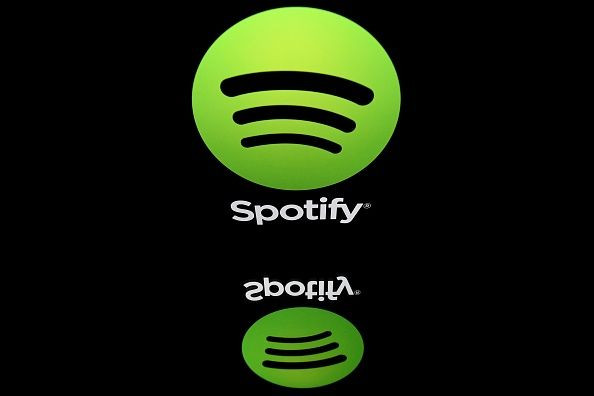Spotify's Podcast Listening Is Booming

Spotify (NYSE:SPOT) has been making some big bets on podcasting as a means of diversifying away from royalty-laden music streaming. It's still early in its efforts, but the results so far should encourage investors that the company is moving in the right direction.
"Our podcast audience grew more than 50% [sequentially] and has nearly doubled since the start of the year," management wrote in the company's second-quarter letter to shareholders.
It's actually seen that growth while investing less in original podcasts than it had expected. The company's second-quarter gross margin of 26% came in above its guidance in part due to "slower than anticipated release of original podcast content." As originals ramp up along with Spotify's continued efforts to push podcasts to its users, time spent listening should also increase.
A source of differentiation
Spotify may have been one of the first to offer on-demand music streaming, but it's certainly not the only show in town anymore. Apple (NASDAQ:AAPL) has quickly grown to become its biggest rival, surpassing 60 million active subscribers. Apple's success is largely based on its massive install base and its excellent marketing capabilities.
But Spotify and Apple Music are just two of the numerous options consumers currently have to listen to 50 million songs on demand. Spotify has differentiated itself through unique playlists that it curates itself, generates algorithmically, or its users share with one another.
Podcasts, especially original and exclusive podcasts, are another way for Spotify to differentiate its product. Spotify has even combined the two concepts integrating podcasts into a new algorithmic playlist earlier this year, Your Daily Drive.
Apple may have noticed Spotify's success with podcasting. Apple's pre-installed Podcasts app on iOS devices accounts for the vast majority of podcast listening still. But Spotify's surging growth in podcast listening has made Apple consider investing in its own slate of originals in order to keep listeners in the Apple ecosystem.
A long-term play
Spotify is spending more money now so that it can increase profits later. The company's investment in podcasting will cut into gross margin in the short term. Management expects gross margin to contract in the latter half of the year.
Podcasts have the potential to produce lower subscriber acquisition costs and reduced churn. As a result, the lifetime value of a customer ought to climb as Spotify spends less to sign them up and listeners stay subscribed for longer periods of time on average.
Spotify has seen people that listen to podcasts end up listening to more music on its platform as well. Instead of cutting into time spent on Spotify, it's actually accretive. If listeners are getting increased value from the service, it opens an opportunity for Spotify to generate more revenue per user.
One major potential source of new revenue is revamping podcast advertising. CFO Barry McCarthy compared podcast advertising to ads on FM radio. But the digital medium has the potential to incorporate a lot more ad technology to improve targeting and maximize revenue for creators. If Spotify can monetize podcasts the same way it monetizes music listening, it could open up a massive untapped revenue stream.
It'll take time for Spotify's growth in podcast listening to translate into better revenue and earnings results, but the growth in listenership is a good sign the company is headed in the right direction.
Adam Levy owns shares of Apple. The Motley Fool owns shares of and recommends Apple and Spotify Technology. The Motley Fool has the following options: short January 2020 $155 calls on Apple and long January 2020 $150 calls on Apple. The Motley Fool has a disclosure policy.
This article originally appeared in The Motley Fool.





















